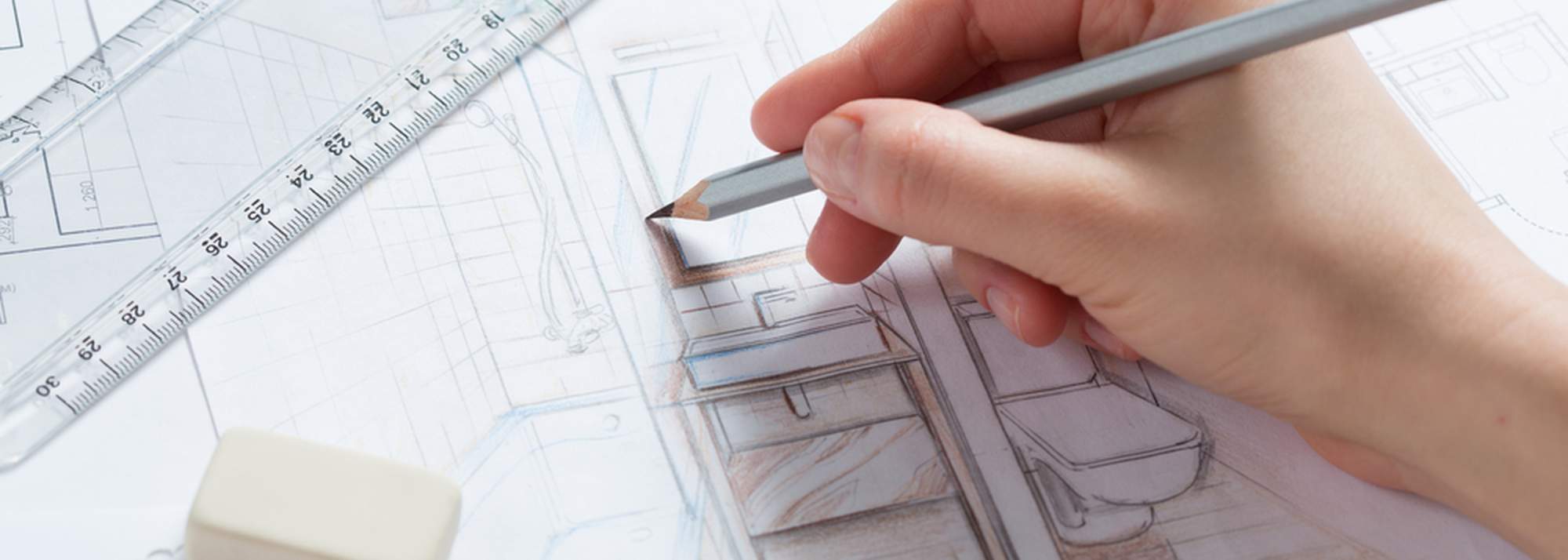LD Total's top tips for maintaining your new garden
Industry News
LD Total's top tips for maintaining your new garden
News

Land comes in all shapes and sizes, with something to fit every buyer’s budget and lifestyle needs. The sheer diversity of lot types provides a wide array of choices so you can create a home that is perfectly suited to you and is different to your neighbour’s!
Finding the land size that’s right for you may seem daunting, but knowing the difference between lot types can help you make an informed decision from the very start.
Best of all, choosing a lot in a master-planned community means there are a wide range of floorplans to suit your land.
Look no further for our lot products explained:
STANDARD LOTS
There’s practically no limit to what you can do with a standard lot. This is the lot type house designers base most of their work on because it’s so popular and flexible.
With the same, or very close to, front and back widths, the standard lot is typically rectangular or square. There are no curves or deviations to the shape.
Single or double storey, big or small outdoor living areas – the choice is yours.
This home suits the traditional, standard size and shape lot
FLUTE LOTS
As the name suggests, flute lots are long and narrow. Garages are commonly found at the back of the house, so rear access is required.
At first glance, flute lots may appear small. But don’t be fooled by the size of the front yard because these lots offer more than meets the eye.
Flute lots are long, so there’s a lot of space that can’t be seen from the front. Houses on these lots have enviable depth and can be adapted to single or double storey floorplans, according to your budget and lifestyle needs.
Like squat lots, flute lots are well suited to first homebuyers, those preferring low-maintenance or minimal gardens and downsizers who simply want to lock up and leave whenever they like.
 Terrace or townhouse style homes are rear loaded flute lots
Terrace or townhouse style homes are rear loaded flute lots
COTTAGE LOTS
Sometimes referred to as narrow lots, cottage lots are smaller blocks. These affordable lots are popular with first-home buyers and investors looking for a good location. Although small, cottage lots can accommodate double-storey houses with smart floorplans that make the most of the space.
Cottage lots found near public open spaces such as reserves, parks and playgrounds, can be orientated to take advantage of the nearby greenery. Direct access from a front or a rear outdoor living area is an appealing selling point to homebuyers who enjoy green spaces, but do not necessarily want to look after their own.
Cottage lots are smaller and are great for first home buyers!
Home designers use a range of techniques to ensure your floorplan takes advantage of the land shape you choose – whatever its area or shape.
To determine maximum site coverage, designers assess the zoning of your lot along with any restrictive covenants or any Local Development Plan requirements. Even on small lots, innovative methods such as boundary-to-boundary side setbacks and reduced front and rear setbacks can maximise floorplan space.
So no matter which lot type you select, you can achieve the home of your dreams. Discover the diversity of land on offer by visiting a Satterley residential community, where homes are built to suit a huge variety of budgets and lifestyles.
Our masterplanned communities found throughout Western Australia, Victoria and Queensland are developed close to public transport and employment hubs. Once they are fully developed, they are also home to schools, shopping, parks and playgrounds, so residents can connect, be active and communities can flourish.
Home designs are courtesy of Homebuyers Centre VIC and Homebuyers Centre WA.
LOTS AND FLOOR TYPES EXPLAINED
Here’s Satterley’s simple guide to the six most common lot types with floorplans you need to know.